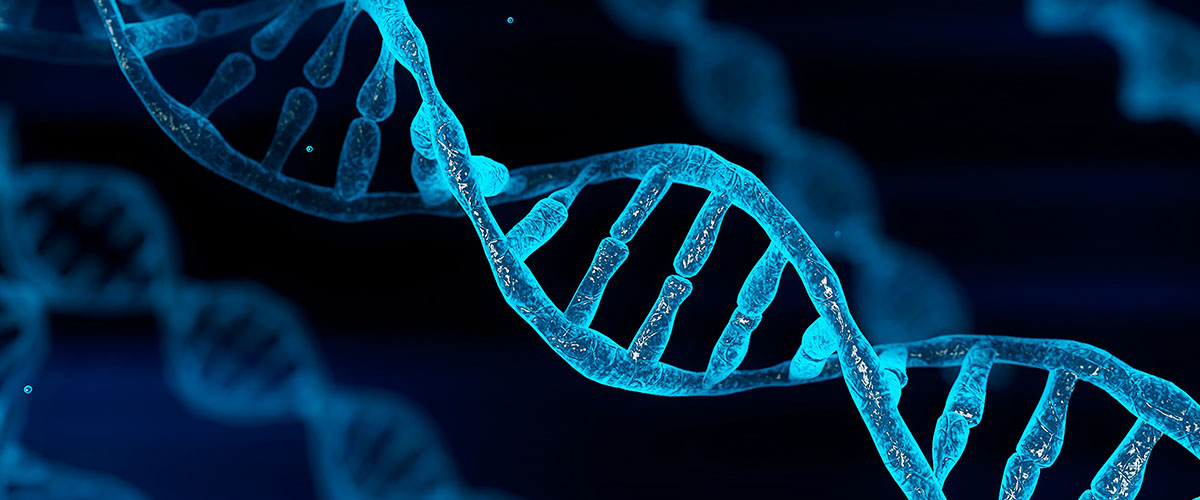)
Understanding therapeutic resistance in glioblastoma
Project Duration: 2022-2025
MOHCCN Consortium: Prairie Cancer Consortium
Investigators: J. Chan, S. Morrissy, M. Gallo, D. Senger, S. Robbins, D. Schriemer, G. Roldan-Urgoiti, J. Kelly, R. Godbout, F. van Landeghem, T. Klonisch, M. Pitz, J. Keiko, N. Sinha
Partners:
- University of Calgary
- Tom Baker Cancer Centre
- University of Alberta
- Cross Cancer Institute
- Alberta Health Services
- University of Manitoba
- CancerCare Manitoba
Aim/goals:
- Determine how glioblastoma evolves under the selective pressure of treatment
- Understand relationships between the cell types/states of the neoplastic and non-neoplastic cell compartments within the tumor core, enhancing vascular rim, and zone of infiltration
- Identify surface or secreted factors that may be important mediators of heterotypic cell interactions in glioblastoma
Summary:
Primary malignant brain cancers represent <2% of new cancer cases, but are amongst the most deadly. Of these, glioblastoma (GBM) is the most common and most aggressive type, with a median survival of only 15 months. Growing evidence suggests that modifying or re-programming the non-malignant cells (such as immune cells) within the tumour may decrease GBM growth. The tumour microenvirnoment, however, is a complex ecosystem that is neither static nor uniform. A better understanding how the GBM cells and other cells in the tumour ecosystem change during the course of therapy is important if we are to create opportunities for more effective treatments – either with standard therapies or through combinations that incorporate immunotherapies. We hypothesize that temporal and spatial differences in the non-malignant cells are driven by specific signals from the local malignant cells. Conversely, cells in the microenvironment provide crosstalk back to tumour cells to maintain their malignancy. Here, we seek to understand how GBM-microenvironmental interactions evolve through primary to recurrent disease and how those interactions may differ spatially in distinct zones of the tumour. This project will profile primary and recurrent tumours and/or multiregionally sampled tumours from glioblastoma patients who received surgical resection and standard-of-care temozolomide and radiation therapy to understand tumour evolution, with the goal of identifying new targets for intervention to help overcome therapeutic resistance.
